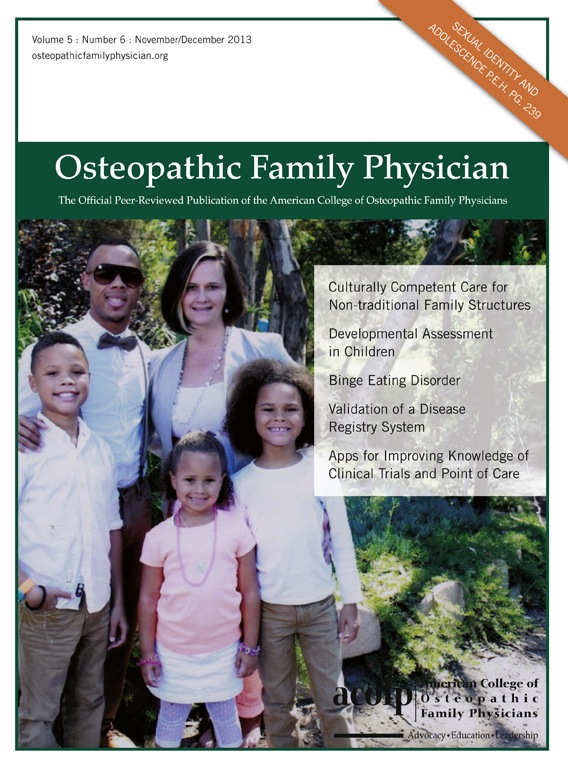Binge-eating disorder
Abstract
Binge-eating disorder (BED) is a newly defined eating disorder that has a significant effect on an individual's emotional and physical health and is an important public health problem. It is important for primary care providers to have a better understanding of BED—its signs and symptoms, medical concerns, diagnosis, and treatment. The lifetime prevalence of BED was determined to be 3.5% in women and 2.0% in men. Patients may be of normal weight but most are obese. It may be associated with other psychiatric disorders. It is characterized by binge eating even when not hungry until uncomfortably full, eating alone, and feeling embarrassed about the amount of food eaten. The main treatment modalities include psychotherapy and pharmaceutical agents; although, psychotherapy especially cognitive behavior therapy has been shown to be more beneficial. More studies to determine which modality can produce long-term remission are needed.Downloads
How to Cite
Westerberg, Dyanne, and Margot Waitz. “Binge-Eating Disorder”. Osteopathic Family Physician, vol. 5, no. 6, Nov. 2013, pp. 230-3, https://ofpjournal.com/index.php/ofp/article/view/334.
Issue
Section
Review Articles


